Extending the shelf life of food
In the last chapter, you learnt about preserving metals by painting, galvanising and electroplating them. In this chapter, you will learn about different ways of preserving food, namely storing grain, pickling, drying and salting.
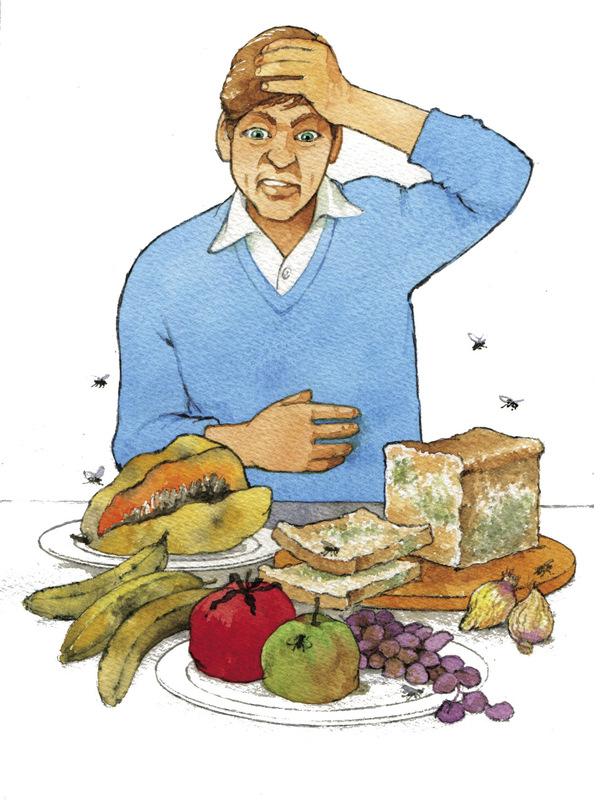
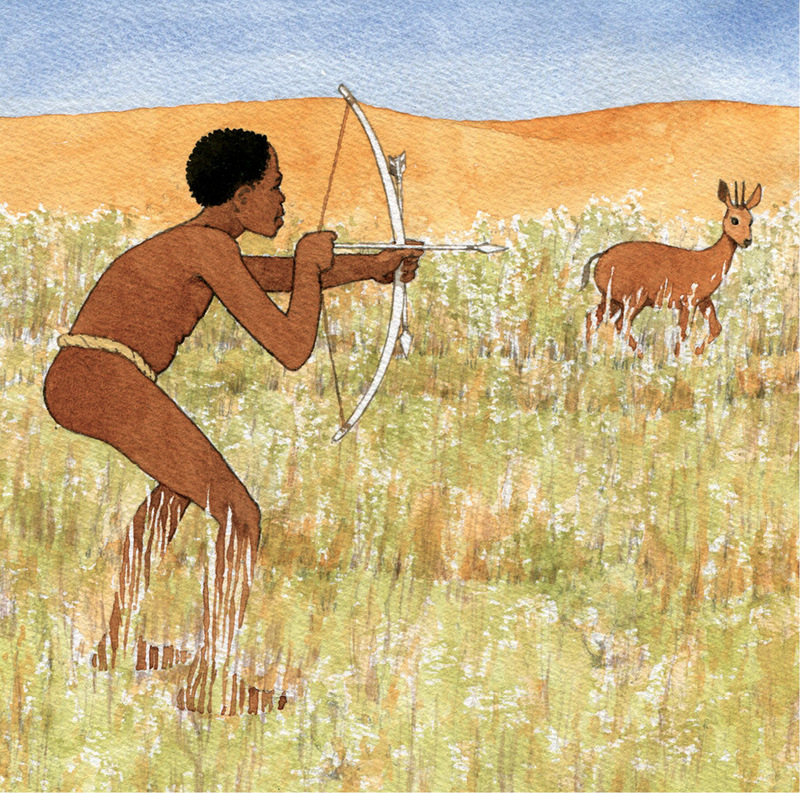
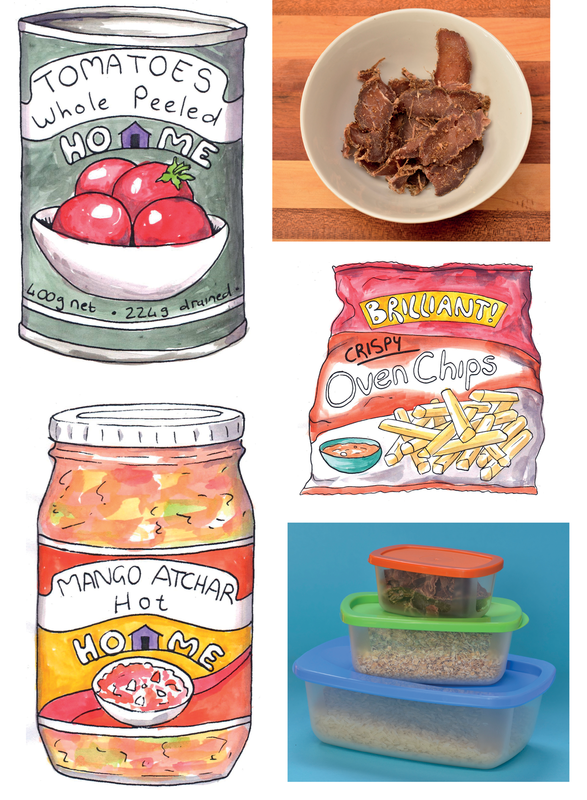
Storing grain
Food begins to spoil the moment it is harvested. Food preservation has been part of all cultures throughout history. Food preservation enabled ancient humans to live in one place and form a community, unlike the Bushmen who had to move from one place to another. The discovery of food-preservation methods meant that ancient humans no longer had to consume hunted animals or harvested food immediately. They could preserve some of their food to eat at a later time.
It is interesting that different cultures preserved their local food sources using the same basic methods of food preservation, for example heating, freezing, pickling, canning, salting, fermenting, drying and refrigerating.
Food preservation is one of the oldest technologies. People ate what they grew on the land and what they hunted. They had to take good care of their food to prevent it from going off and making them ill. They also had to find ways of preserving food so that they would be able to eat even when there were no crops to harvest or when they could not hunt.
Food preservation is about the treatment, handling and storage of food to ensure that it does not lose its nutritional value or quality. An important part of food preservation is to create conditions that prevent dangerous bacteria from growing.
Grain is a staple food for most of the world. Different grains are eaten in different parts of the world, for example in China and Japan, rice is the staple grain that is eaten.
In South Africa, wheat and maize are the main grains that are grown and eaten. Maize is also used to make a fermented drink, a type of beer that some people drink on special occasions.
A staple food is a food that is eaten most often by a group of people and forms the main part of the diet.
Structures for storing grain
People have always had some method of storing their grain produce. Improvements in storage methods have also been observed over time and people used the right methods for their situation or need, for example storing grain in sacks. Grains produced by farmers who farm as a business and on a large scale are stored in "silos". These are huge cement or metal structures that hold the grain from many farms in one place until it can be used or exported. The silos keep the grain cool and free from moisture, insects and rodents.
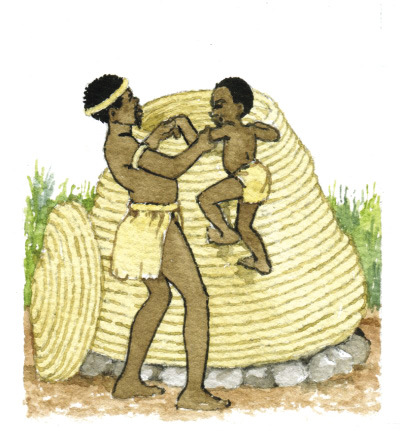
A good storage container should:
- keep grain cool and dry,
- protect grain from insects, and
- protect grain from rats and mice.
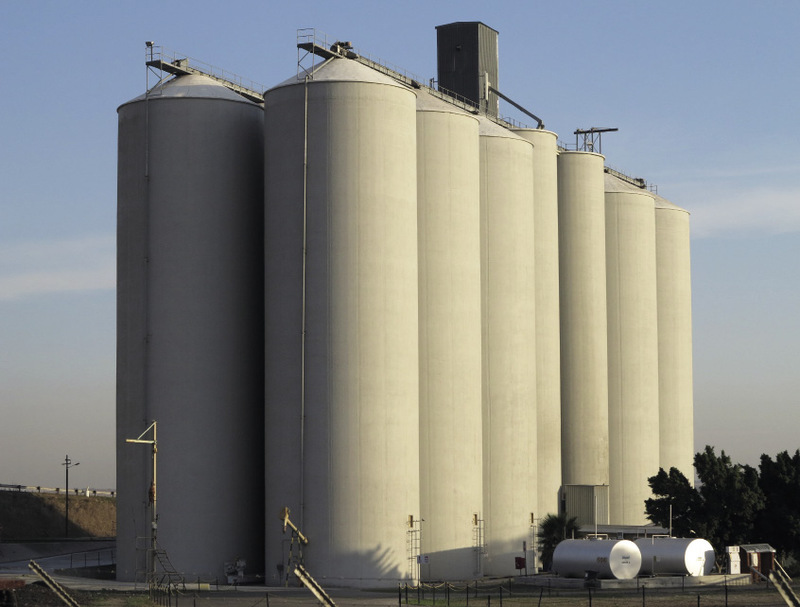
The process of storing grain
Firstly, grains need to be harvested. Small-scale or subsistence farmers do this by hand. Figure 6 shows harvesting on a much bigger, industrial scale with a combine harvester and a tractor.
Secondly, the seed, which is the edible part of the grain, needs to be loosened from the plant's casing that protects the seeds. The casing is inedible and it is called "chaff". This process is called threshing. Figure 7 shows the seeds still in their casing.
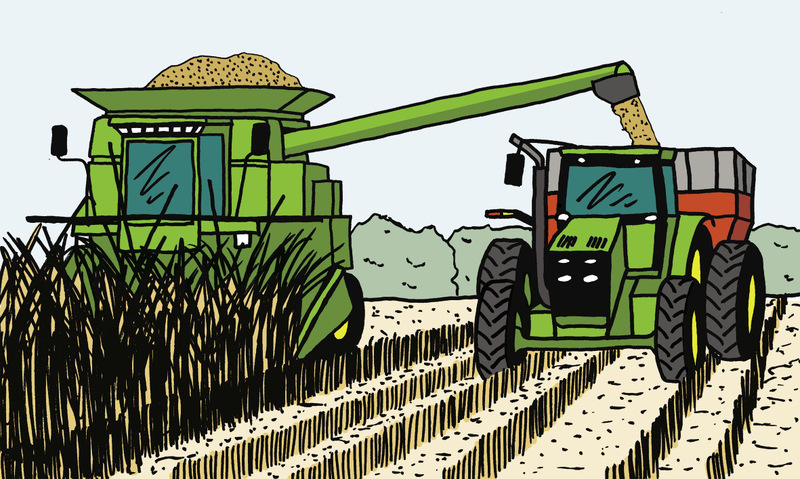
The third step is called "winnowing". Winnowing is the process whereby the loosened seed is separated from the chaff. Figure 8 shows the separated, edible seeds, and the inedible chaff in the bucket.
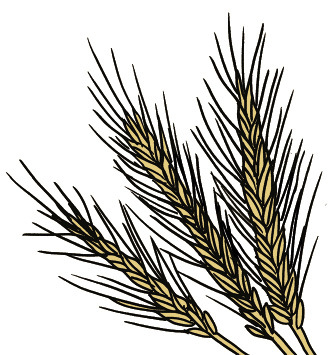
There are various traditional winnowing techniques. Nowadays, people use combine harvesters to harvest, thresh and winnow.
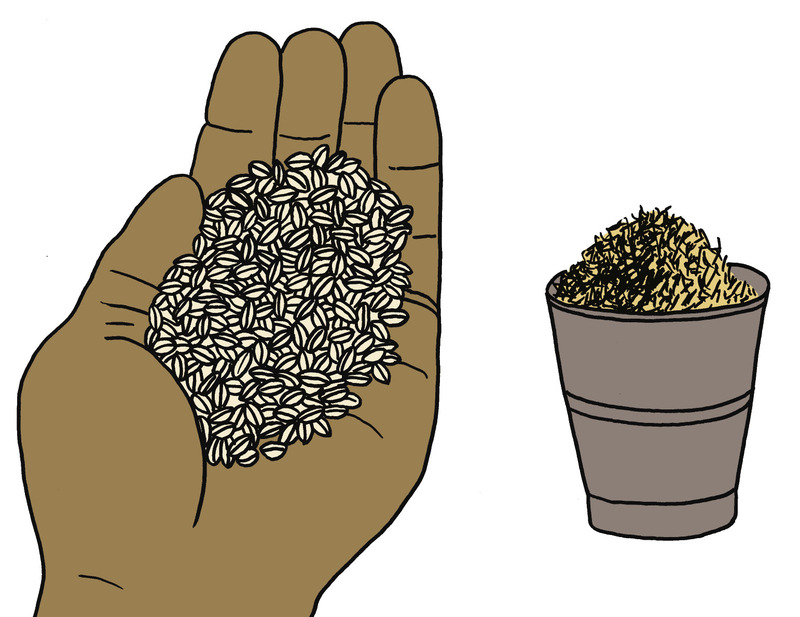
Fourthly, the grain is dried to prevent fungus and bacteria from growing on the seeds. The ideal moisture content for wheat is about 14%.
Nowadays, people use grain-drying machines, but in the old days, people dried grain with the help of the sun. Figure 9 shows a modern grain-drying machine.
Finally, the dried grain is stored. The humidity and temperature of the air are the two most important factors here.
Warm, moist air will encourage bacteria and mould to live on and destroy the grain, even if the grain has been dried beforehand. Cool, dry air will help to keep the grain intact for longer.
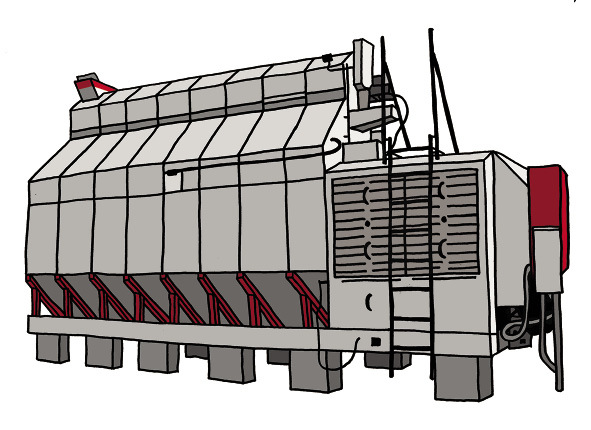
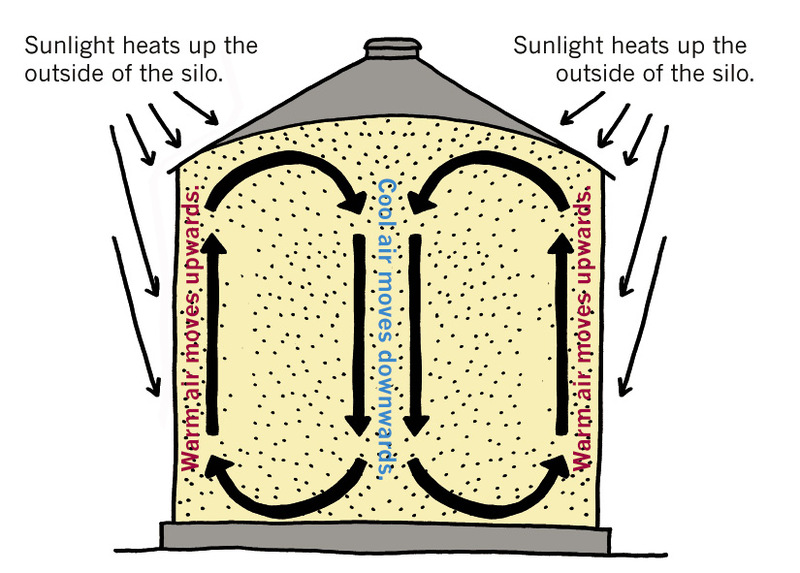
There are all kinds of insects that damage grains, such as weevils and mites. Mites are very small insects that eat grains. Weevils are small insects that lay their eggs inside the grain. When the larvae hatch, they eat the seeds.
Larvae: the stage of an insect's life after it's hatched from the egg, but before it has changed into a mature insect.
Rodents, such as rats and mice, can also cause great damage to grains. They eat large amounts of grain if they're not controlled. Besides that, they carry deadly diseases that can contaminate the grain and spread to humans if consumed.
Now you can imagine that storing very large amounts of grain, for instance in a big, modern silo, is a complicated job, because air flow and temperature, insects and rodents, bacteria and fungi need to be controlled. But luckily, storing small amounts of grain is relatively easy. You need to put the grain into a clean, dry, airtight container and keep it in a cool place that is dry, with no direct sunlight or rodents.
Pickling
Most food products deteriorate as a result of the presence of micro-organisms, such as bacteria, yeast or mould. Remember that not all bacteria is harmful. We need good bacteria to perform certain functions in our bodies and to make certain food products, such as yoghurt and cheese.
In the past, people had to store fresh food so that it was safe to eat long after it was harvested. There were no fridges or freezers to stop food from going off. Fruit and vegetables were dried, salted, pickled or made into jam so that they could be eaten long after they were picked. Dried, pickled, salted foods and jams meant that people had a bigger variety of food and nutrients in their diet for a longer time.
Pickling possibly originated when food was placed in wine or beer to preserve it. Both wine and beer have a low pH level. People then found many uses for the brine that was left over from the pickling process.
Brine is a watery mix of vinegar and salt. Tomato sauce was an oriental fish brine.
South Africa has a few favourite pickles. Achaar is a traditional pickle that was brought to our country by the Malay people more than a century ago. It can be eaten as a side dish or with curry, and is widely enjoyed, especially in the Western Cape. Achaar is made from vegetables such as cauliflower, carrots, cabbage and beans, that have been finely cut and are mixed together with mustard, turmeric, coriander, vinegar and sugar.
What we know today as tomato sauce was originally an oriental pickle sauce for fish. It spread to Europe by the spice route, and eventually to America where someone added sugar to it. Spices were added to these pickling sauces to make tasty recipes.
Chutney is another favourite South African pickled product, normally made with fruit.
For pickling, we can use salt and water or salt, water and an acid, usually vinegar.
Vegetables and fish are the two most common food types that are pickled. Pickling preserves the food because the brine creates an environment where oxygen is not present. Thus the micro-organisms contained in and around the food cannot grow and multiply and, in turn, cause the food to go bad.
The food to be pickled is placed in a clean glass jar. A hot brine mix is poured over the food and covers it completely. The brine is poured until the jar is full. A clean, tight-fitting lid seals the jar. Pickles last for many months, depending on the type of food.
Pickles have become very popular. There are many pickling recipes available, and people often experiment with different combinations of vegetables, herbs and spices.
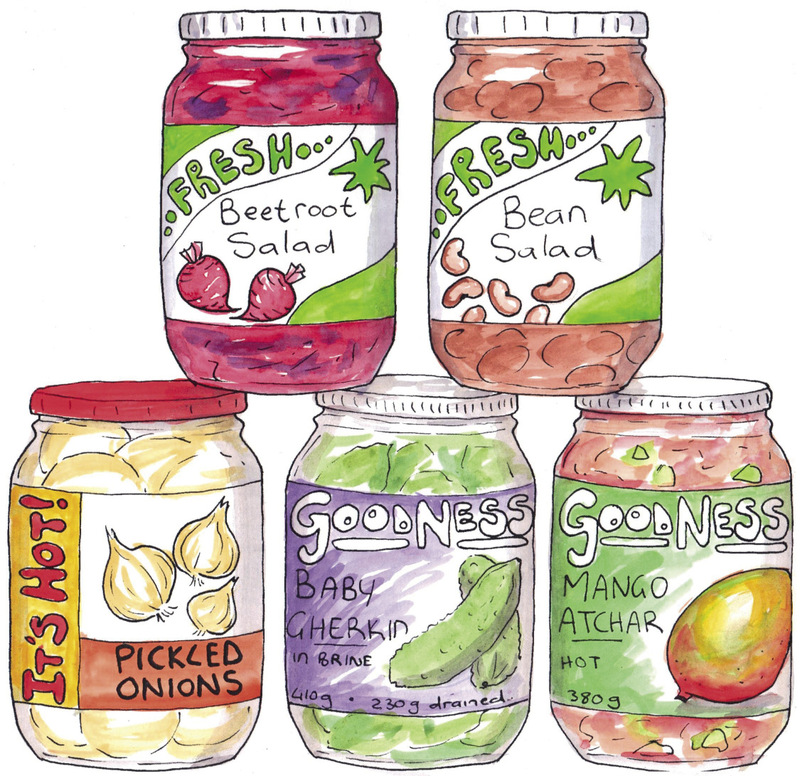
Make your own pickles
You will need the following ingredients for this activity:
- 6 pickling cucumbers, sliced in half lengthwise,
- 1 red bell pepper sliced,
- 1 cup water,
- 1 cup white vinegar,
- 1 cup white sugar,
- 2 ½ tablespoons pickling salt,
- 2 cloves garlic, peeled,
- 12 black peppercorns,
- ¼ teaspoon dried dill, and
-
1 pinch
crushed red pepper flakes.
A few rules for pickling:
- Use clean jars and lids.
- White vinegar is better to use as it does not discolour the vegetables the way brown vinegar would.
- Use ingredients that are as fresh as possible.
1. Using the ingredients listed above, prepare an instruction sheet for another group of learners to use in preparing their pickles. Write your instructions in point form. Show the flow of activities from start to finish.
2. Name and briefly discuss three advantages and three disadvantages of this method of food preservation.
Drying and salting
South African biltong is a rich inheritance from innovative Dutch settlers from the seventeenth century. They brought recipes for dried meat from Europe. They used the sun to dry meat during their trek across southern Africa.
The word biltong is from the Dutch "bil" (rump) and "tong" (strip or tongue).
The basic meat spices were readily available in the Cape Colony. The spices for making biltong include a dramatic blend of vinegar, salt, sugar, coriander and other available spices.
Drying is one of the oldest methods of food preservation. Drying preserves food by removing enough moisture from the food to prevent decay and spoilage.
The water content of properly dried food varies from 5% to 25%, depending on the type of food.
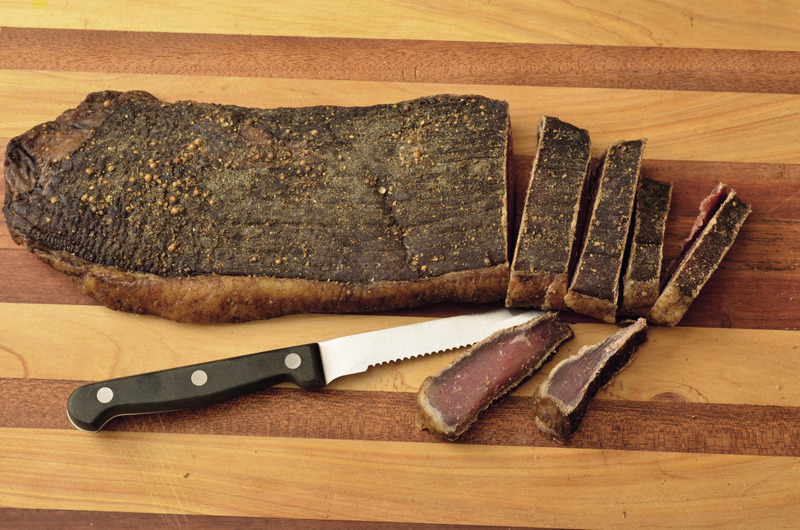
Successful preservation of food depends on inhibiting the growth of micro-organisms such as bacteria, and preventing access to insects.
Answer the following questions:
1. Explain what you understand the purpose of food preservation to be.
2. In South Africa, there are many cultures and methods of food preservation. Name one culture and food type they preserve. Briefly explain the process this culture follows in preserving this food type.
3. Explain the process of drying food for preservation purposes.
4. Briefly discuss why salt is so important in the drying method of preserving food.
Dry your own food
Tip:
When drying food, the key is to remove moisture as quickly as possible at a temperature that does not greatly affect the flavour, texture or colour of the food.
Before you touch any food, wash your hands thoroughly to remove dirt and bacteria.
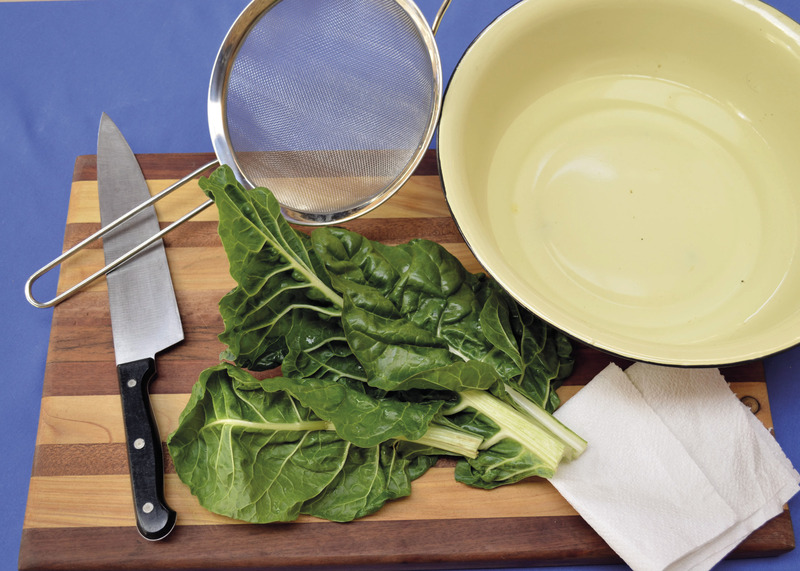
You will need the following things for this activity:
- spinach,
- cold water,
- a knife,
- a large bowl, and
- paper towels.
Follow these steps:
- Find fresh spinach sold loose or in a bunch. Pick spinach that is crisp and green.
- Fill a large bowl with cool water and add the spinach.
- Rinse the spinach in the water to remove any dust or dirt particles.
- Remove the water from the bowl and refill it with fresh, cool water. Continue to rinse out the spinach in fresh water until all of the gritty particles are gone.
- Lift the spinach from the water and place it on a paper towel.
- Roll spinach into sausage shapes, cover it with another paper towel and gently press on it to remove the moisture.
- Replace the paper towel and gently press on the rolled spinach with a dry towel until all the water is removed.
- Place the prepared spinach rolls, covered with paper towel, on a sieve and leave them in the sun to dry for a few days.
- Place the dried spinach in a plastic container for storage until you need to cook it.
Record your observations during this practical activity:
1. Describe what the fresh spinach looked like.
2. List all the steps you took and explain why you did them.
3. What was the effect of the weather conditions on your drying process?
4. Indicate whether the results of this experiment were a success or not. Motivate your answer.
What have you learnt?
You have learnt how indigenous people long ago thought innovatively to develop ways of preserving food to extend its lifespan.
You have learnt how the principles of grain storage, pickling and drying of food assist in increasing the lifespan of food.
Next week
Next week, you will learn more about reducing, re-using and recycling plastic to reduce its negative impact on the environment.



